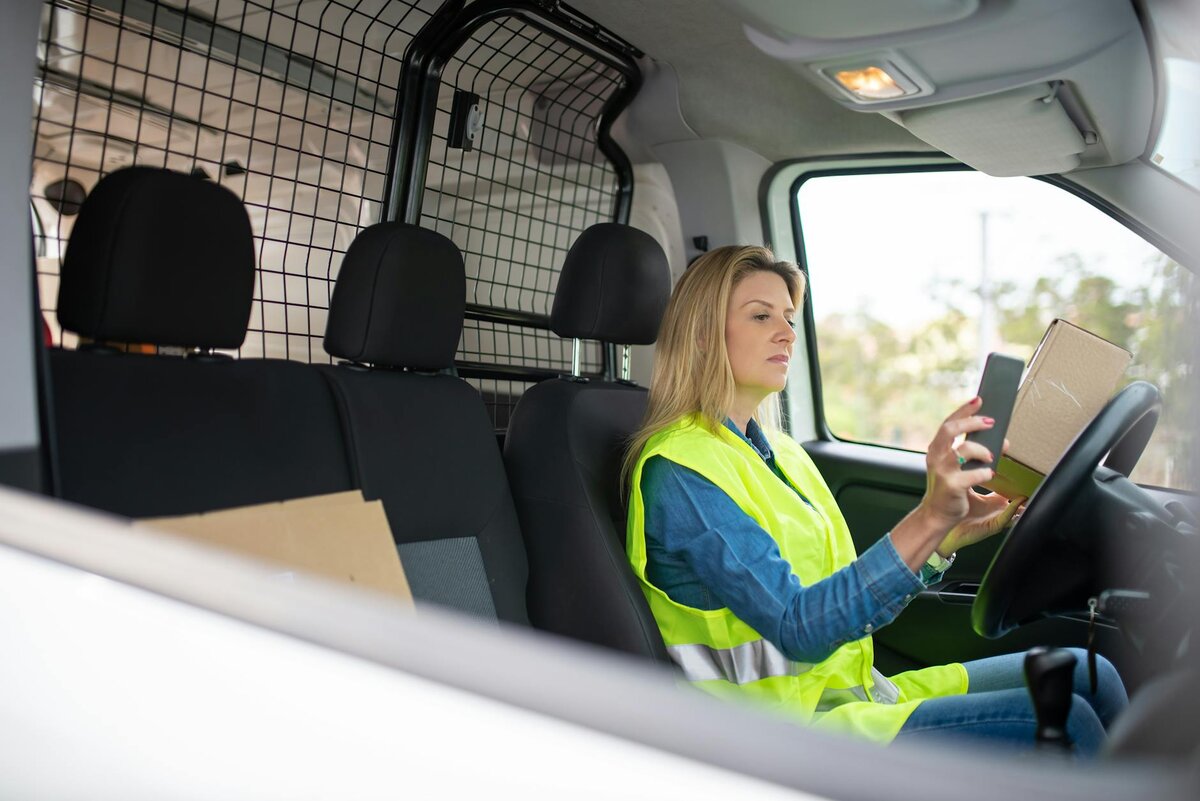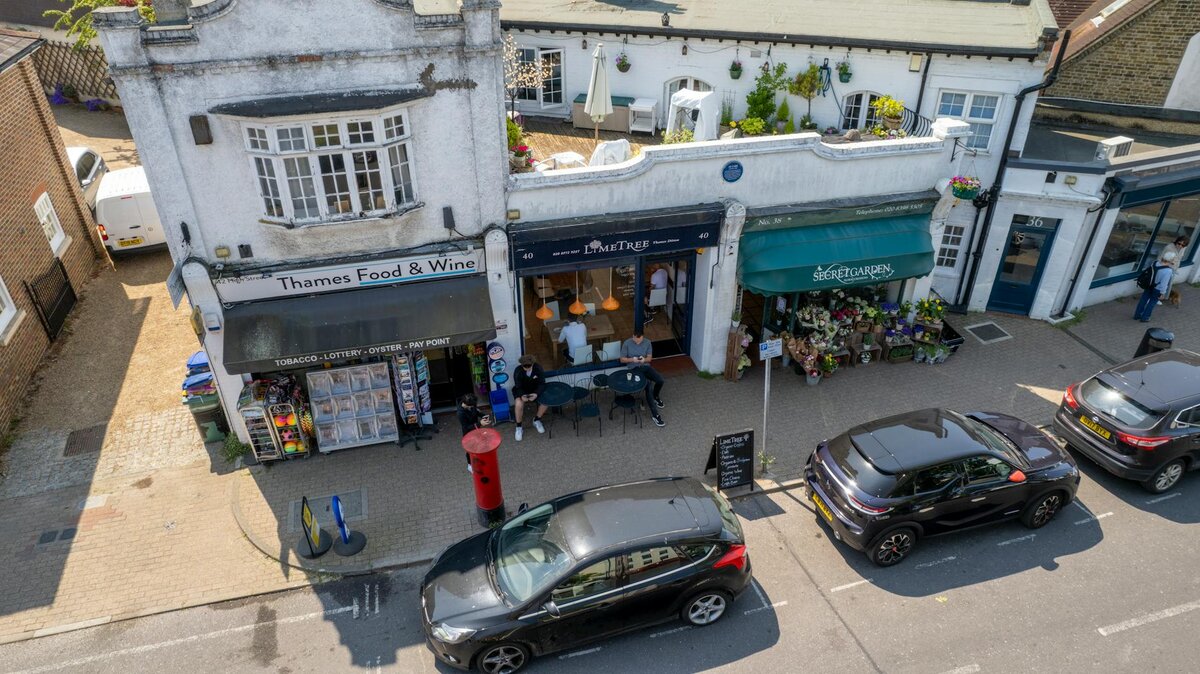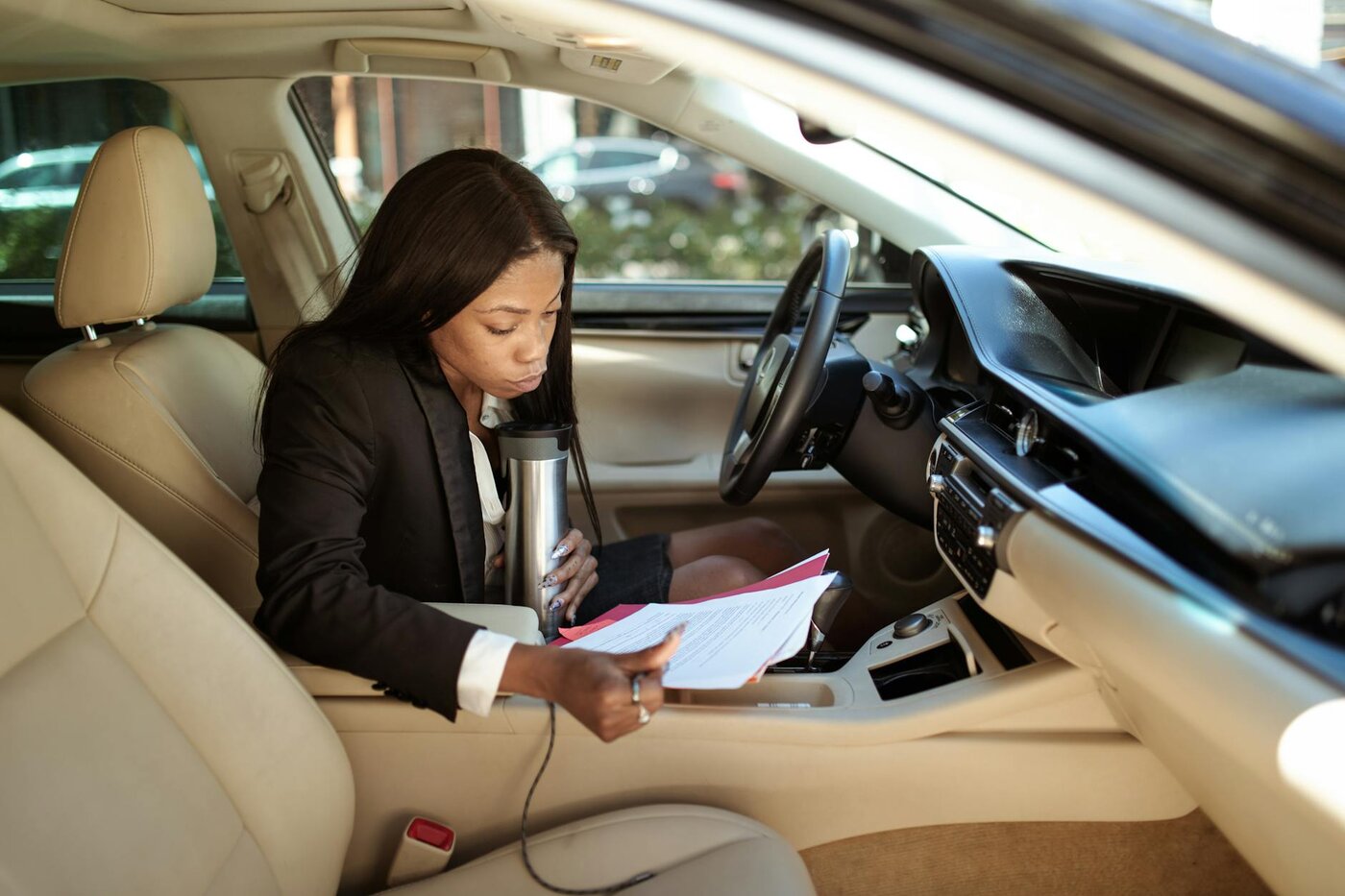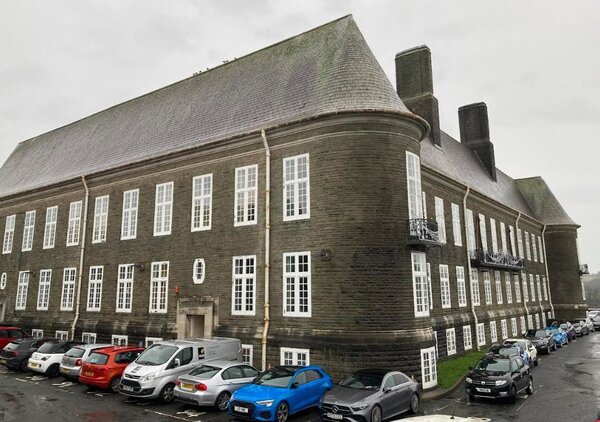Let’s Break This Down Together...
How HMRC Mileage Claims Work
Per Mile Rates
HMRC sets specific per mile rates for mileage allowance relief, which are designed to fairly cover the costs of business travel. For the 2024 tax year, the approved mileage rates are:

What Journeys Can You Claim For?
Not all work-related driving qualifies for mileage claims. Only the business use portion of your vehicle's mileage is eligible for claims. The golden rule is that your regular commute to your permanent workplace doesn’t count. HMRC considers this private travel.
Trips to temporary workplaces, client visits, and travelling between different work sites all qualify. You can claim mileage expenses for these journeys. Business errands like going to the post office or picking up supplies count too.
If you work from home and travel to meetings or client sites, these journeys typically qualify as business mileage. You may be able to claim mileage tax relief for these trips. They’re not part of your regular commuting pattern.
Mileage Tracking and Records
Accurate mileage tracking is the backbone of a successful mileage allowance relief claim. Whether you’re an employee, self employed, or running a small business, you need to keep detailed records of every business trip you make. This means logging the date, start and end locations, total business miles, and the purpose of each journey.
You can keep these records in a traditional mileage logbook, a spreadsheet, or—more conveniently—use a mileage tracking app that automatically records your business mileage. Many apps use GPS to track your journeys, making it easy to separate business trips from personal travel and generate reports for your self assessment tax return.
For self employed individuals, accurate mileage logs are essential for your assessment tax return, ensuring you claim the correct amount of mileage allowance relief and stay compliant. Good record-keeping not only supports your claim but also gives you peace of mind if HMRC ever asks for evidence.

How To Make Your Claim
Common Pitfalls To Avoid

Final Thoughts
HMRC mileage claims offer straightforward tax relief on the costs of using your own vehicle for business. Understanding what journeys qualify and keeping good records is key.
The rates are generous enough to cover most vehicle running costs, especially for the first 10,000 miles. Make sure you're claiming everything you're entitled to. It's not a grey area, it's your right!
Remember that rules and rates can change. It's worth checking for updates at the start of each tax year. A little attention to detail can save you a significant amount of tax.
Simplifying HMRC Mileage Claim Tax
Getting your mileage claims right shouldn't be a hassle when you're already busy with work. Pie makes it simple with smart technology designed for UK taxpayers.
We calculate your allowable claims instantly, showing you exactly how much tax you can save. This ensures you never miss out on what you're rightfully owed.
All your journey details are stored securely in one place, creating HMRC-compliant records. These include dates, mileage, destinations and business purposes.











